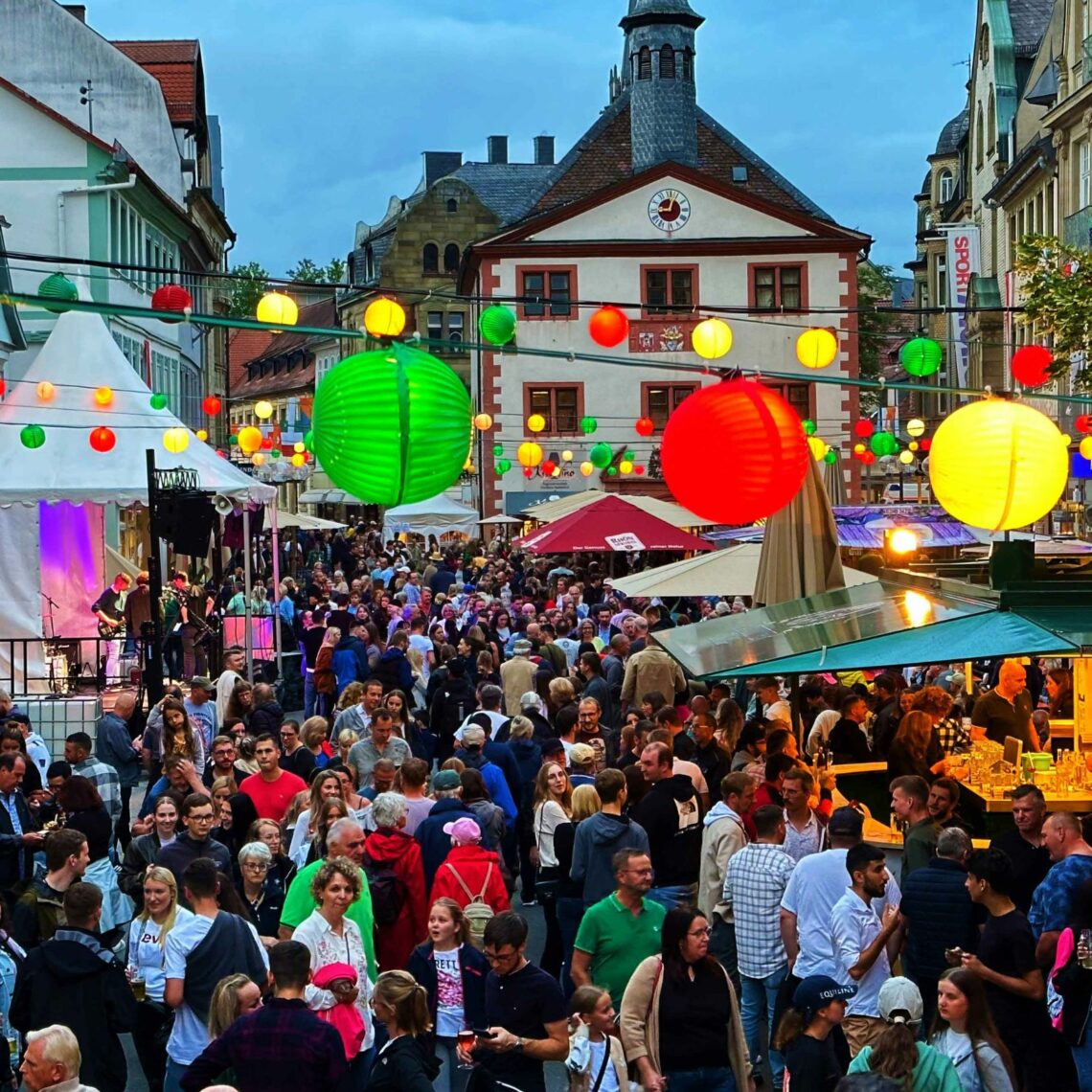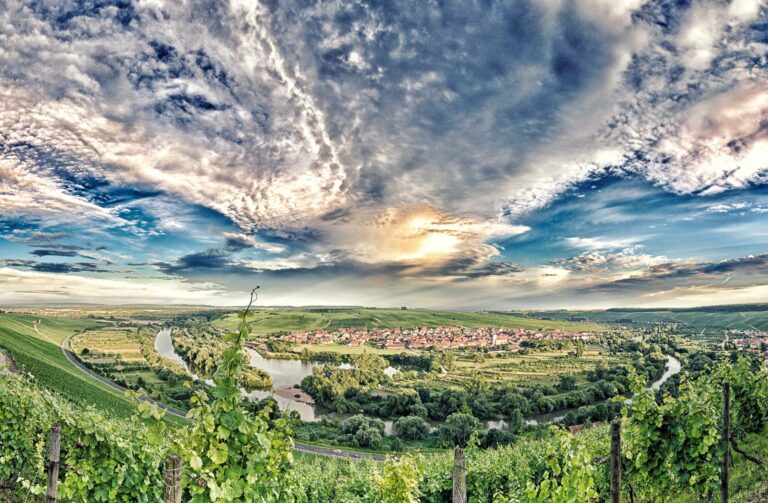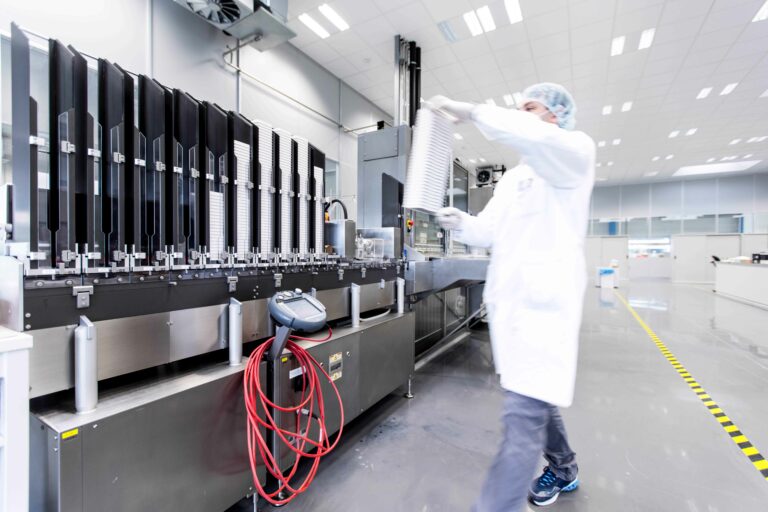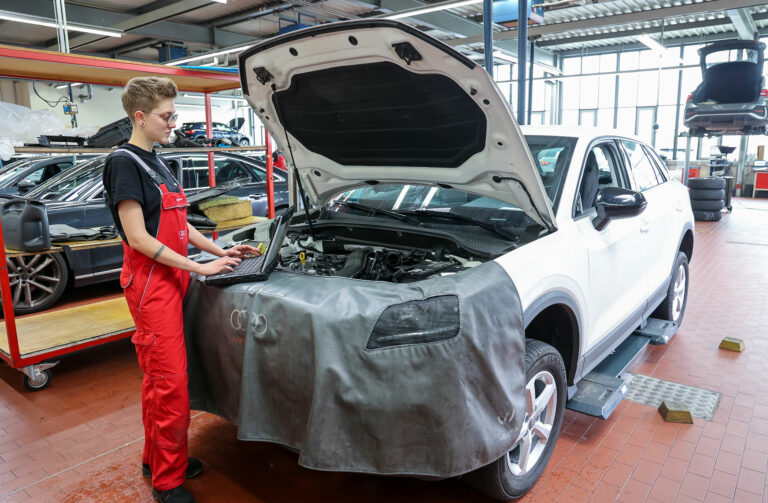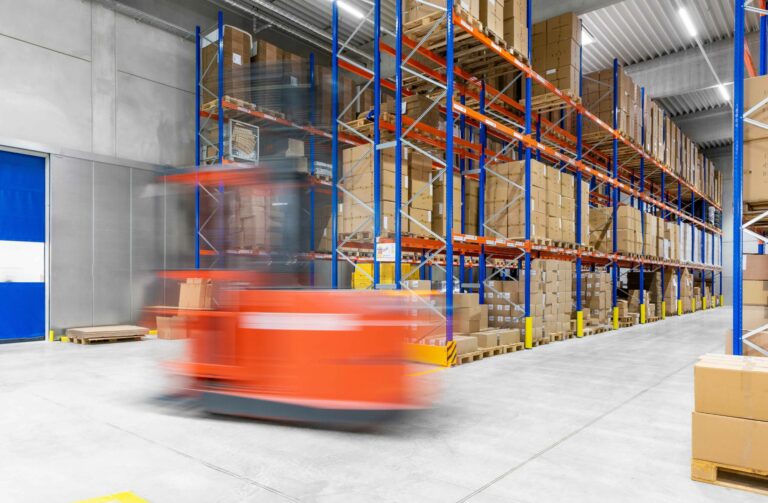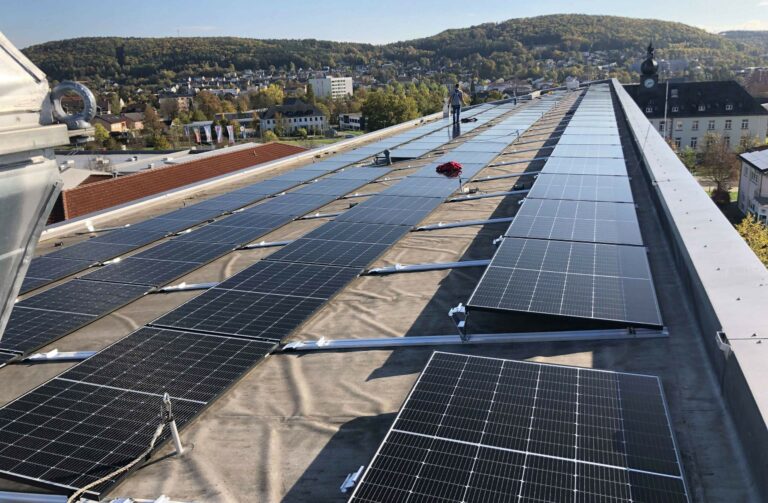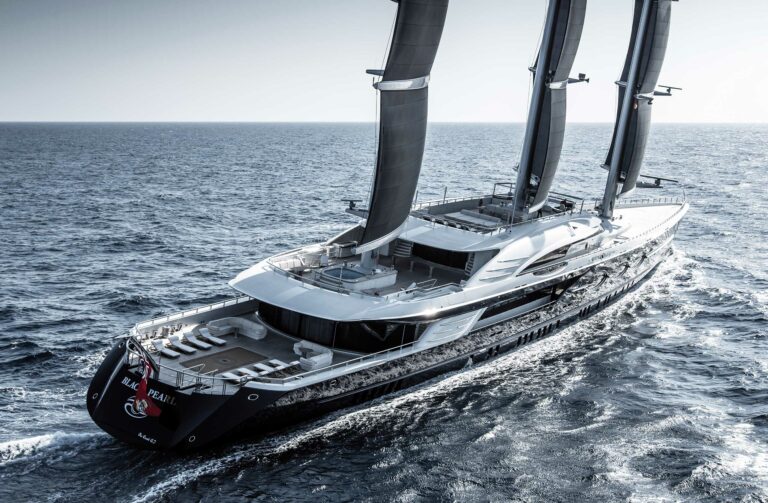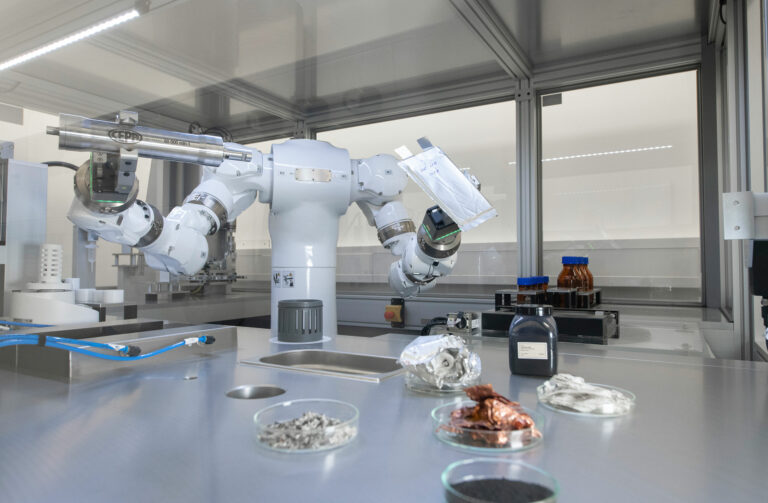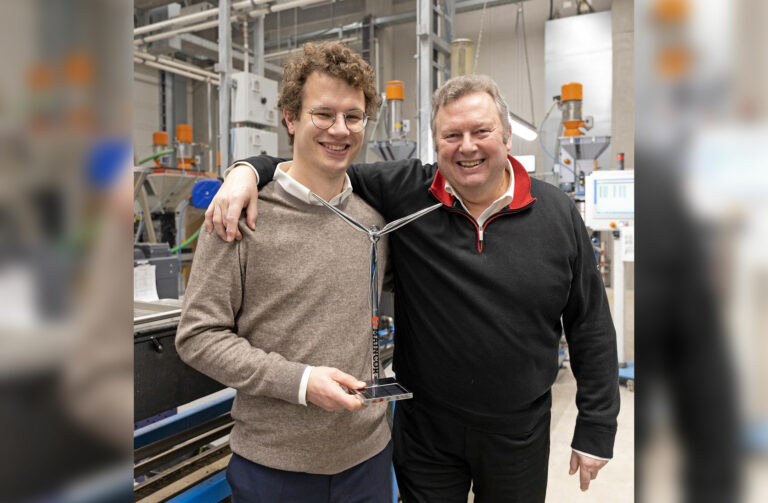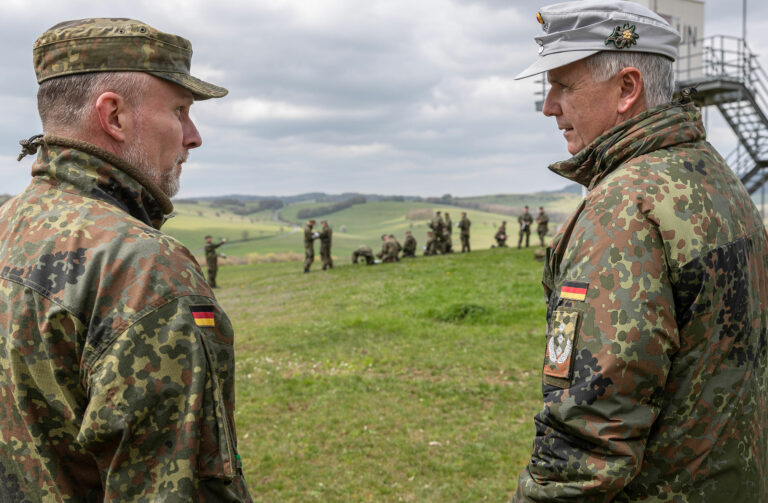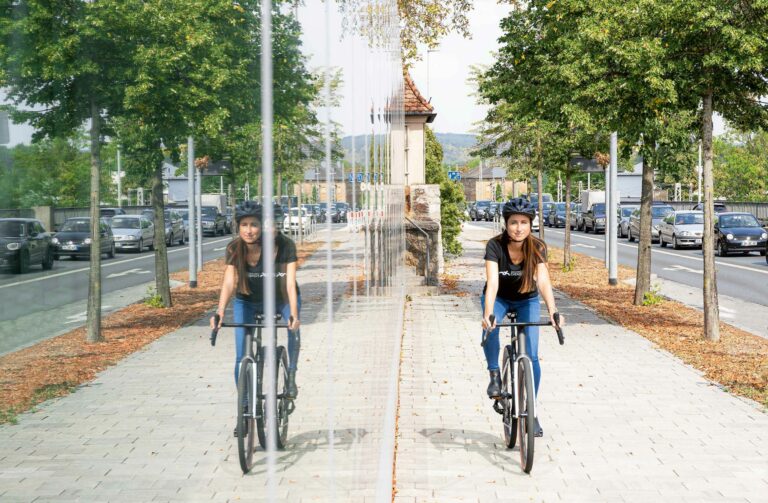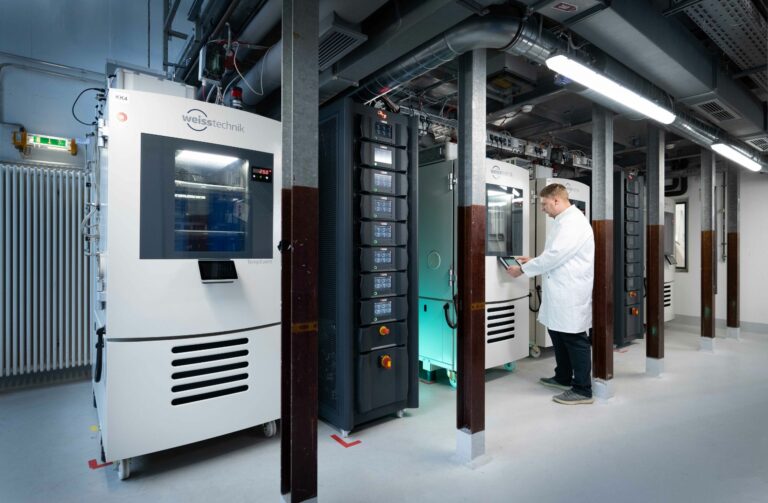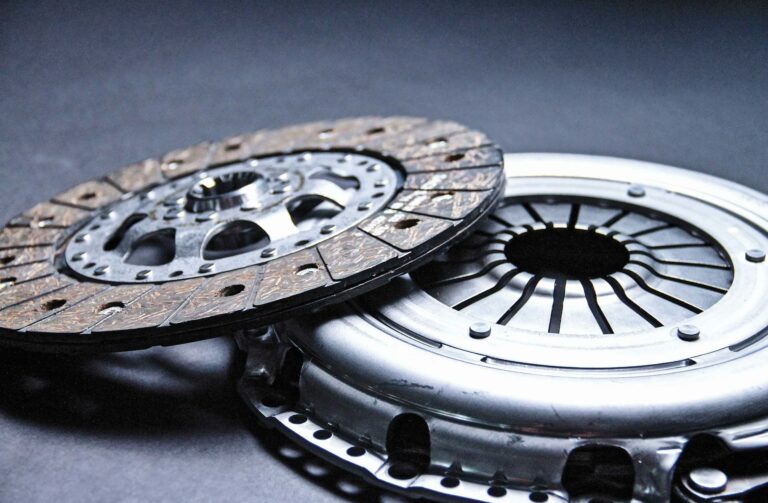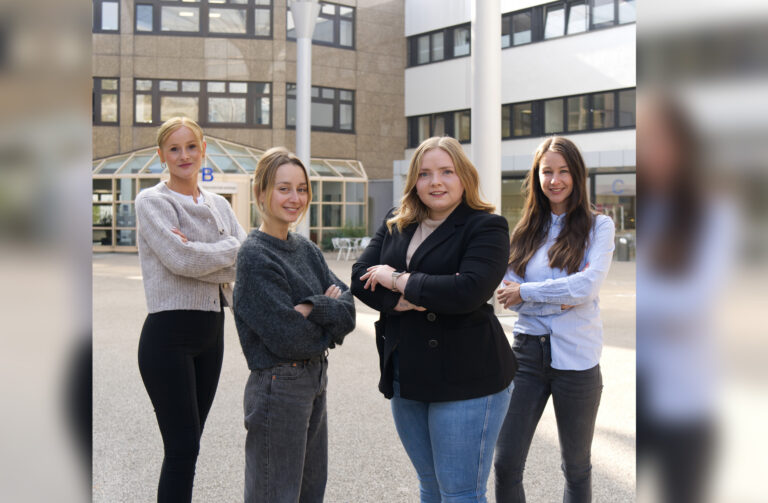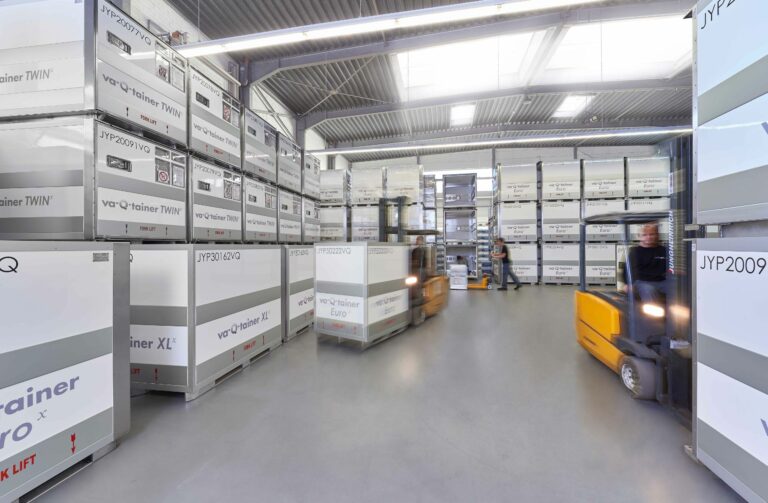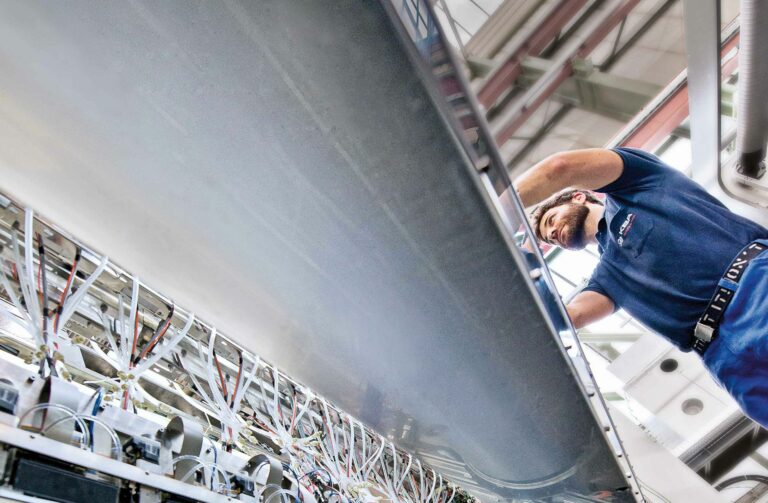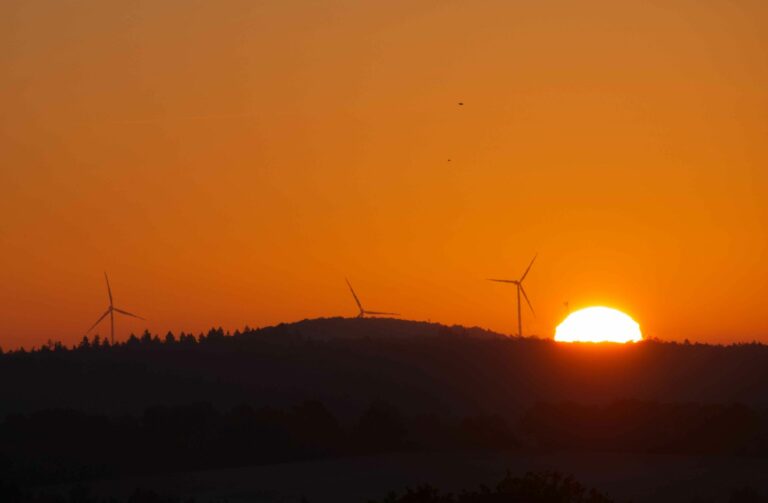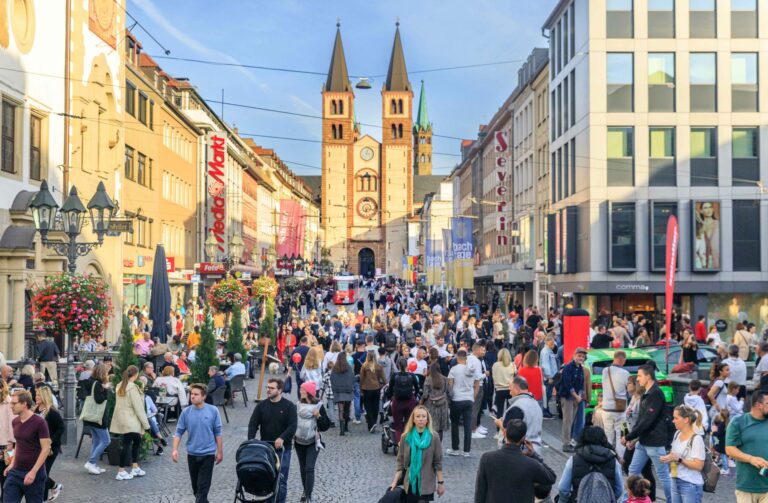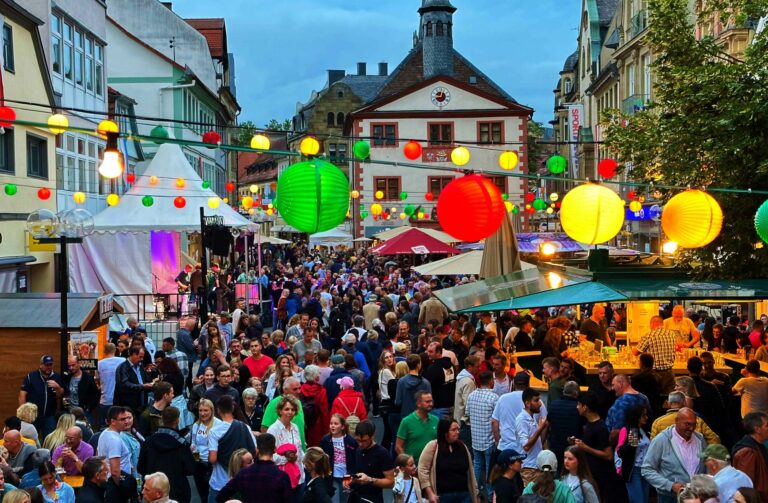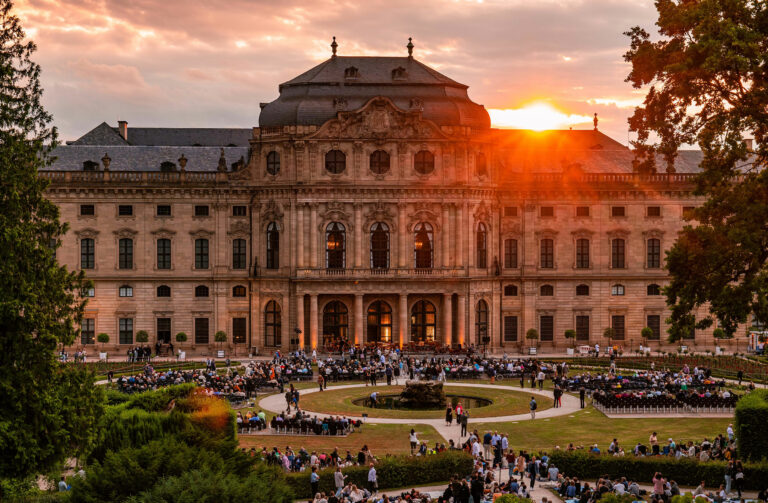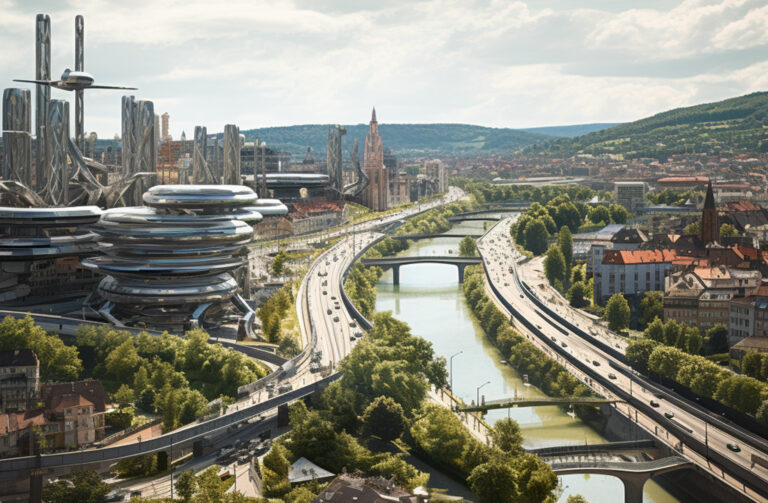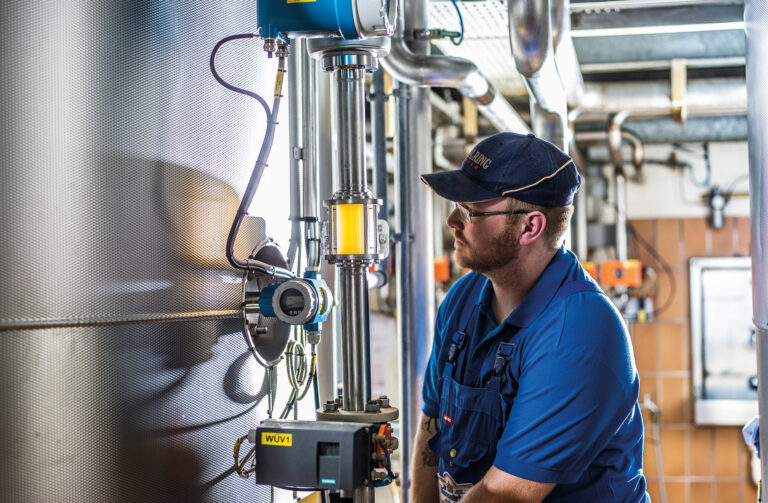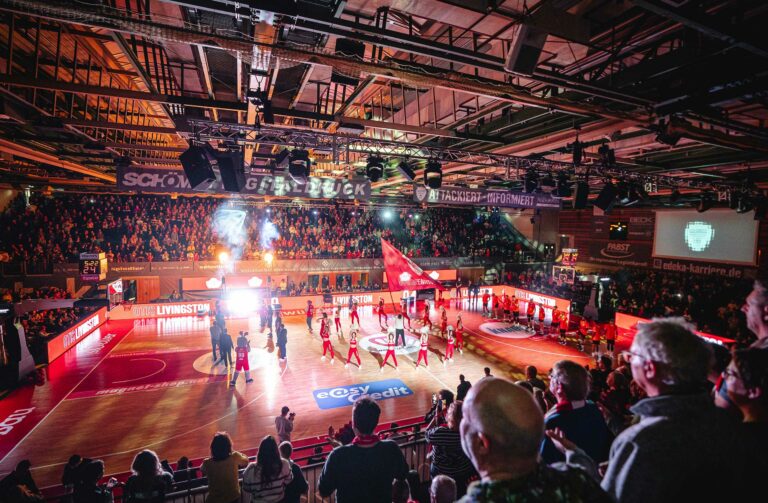Culture in Main Franconia: many formats with “Format”
The German dictionary has three meanings for the word “Format”: the standardised dimensions of paper (i.e. DIN A4 etc.), the storage of files (i.e. .doc, .jpg or .pdf) and – now things get more interesting – someone of high calibre as a personality. In German, the word “Format” can therefore refer to something that is reproducible as well as to the complete opposite. The second interpretation is to be applied here. We are talking about Main Franconia, we are talking about “culture of calibre”.
Cultural editors are prone to local patriotism. On the one hand, this is because the intensive and often personal involvement with artists and art almost inevitably leads to processes of identification. That is forgiveable, provided that this identification always remains with the specialist area, with the commitment to diversity and quality, and not with the individuals involved.
On the other hand, this is because the German cultural landscape is unique. More than half of the world’s approximately 180 opera houses are located in Germany. It is not for nothing that the Standing Conference of the Ministers of Education and Cultural Affairs has nominated this country’s theatre and orchestra landscape for the UNESCO International List of Intangible Cultural Heritage.
However, it would be preferable if the honours accorded to it would be more than just entries in prestigious lists, as this theatre and orchestra landscape is at risk wherever the public sector finds itself in financial difficulties.
And when bad news does come, generally speaking, from North Rhine-Westphalia, sometimes from the new federal states, the Mainfranken Theater Würzburg has also gone through turbulent times along with the financial problems of the city itself. It appears to have survived these, as the theatre did not have to close any section.
Currently, the building, which opened in 1966, is being completely renovated and given an additional venue – the front building that joins onto Faulhaber-Platz, accommodating the small theatre with about 300 seats. Even massive delays and cost increases have not led to the Mainfranken Theater institution’s existence being at risk again so far. However, there is still no opening date set for the new theatre, which will also then become a state theatre. Performances are currently being played at Theaterfabrik Blaue Halle on the premises of the Va-Q-tech company in Dürrbachau.
The theatre of the city Schweinfurt, a renowned venue for guest performances with almost 800 seats, is currently also being forced to switch to a substitute venue. It was also built in 1966 and needs to be totally renovated. The reopening is planned for the start of the 2026/27 season. Theatre fans hope to then once again be able to see guest performances by the Münchner Kammerspiele, the Bayerisches Staatsschauspiel or the Bamberg Symphony Orchestra.
Despite these temporary restrictions, Main Franconia enjoys a cultural landscape that is uniquely diverse even by German standards. In this respect, we should probably be talking here about regional rather than local patriotism, especially since this diverse offer is not restricted only to city centres. Just think of Theater Schloss Maßbach located in a rural corner of our region.
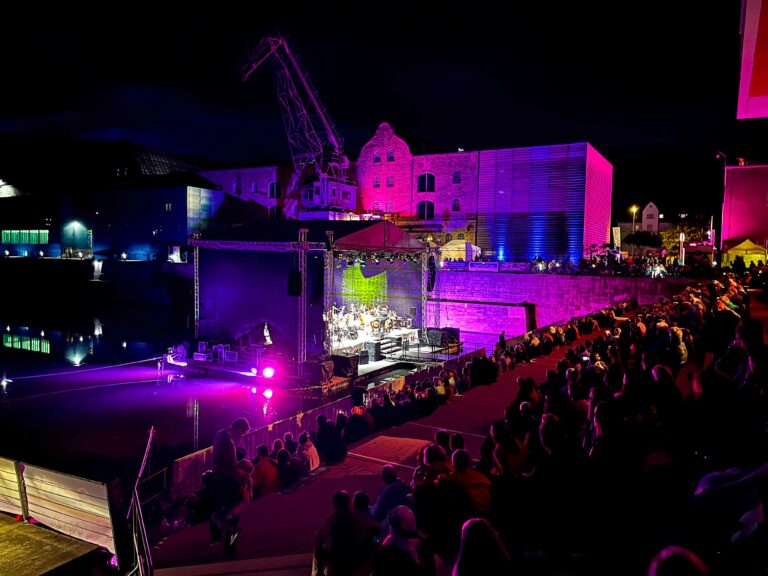
Interestingly, very few locals to Lower Franconia are actually aware of just how broad the culture on offer really is. Opera lovers tend to to keep an eye on the two big theatres, rock fans on the big halls or stadiums, classical music fans on the major festivals: the overview is reserved for the cultural editor, probably for professional reasons. The full schedule (which would surely still be incomplete) would go way beyond the scope of this article. So here are just a few exemplary highlights.
In the Noughties, when the Georg Schäfer Museum was founded in Schweinfurt, the town library at Ebracher Hof and finally the Kunsthalle in the former Ernst Sachs Bad, many people from Würzburg looked at the industrial city, which had long been dismissed as a grey and dreary place a bit enviously.
Now, however, the renovation of the Mainfranken Theater is under way, albeit not always without its problems. In addition, the Museum für Franken, formerly the Mainfränkische Museum, is being built at Würzburg’s Marienberg Fortress, although the actual reconstruction of the main fortress is still pending and will take a few years.
But “format” doesn’t necessarily have to do with size. Consider Veit Relin’s (1926-2013) tiny Torturmtheater in Sommerhausen, which his widow Angelika Relin is still running successfully. Here the format consists of a clever selection of pieces and outstanding acting achievements. Directly opposite, on the other side of the Main, the Theater Sommerhaus has established itself in Winterhausen. Run by Brigitte and Mascha Obermeier as well as Hannes Hirth, who are also responsible for the Giebelstadt Children’s Festival every year, it has found a loyal regular audience with a mix of entertaining and moving pieces.
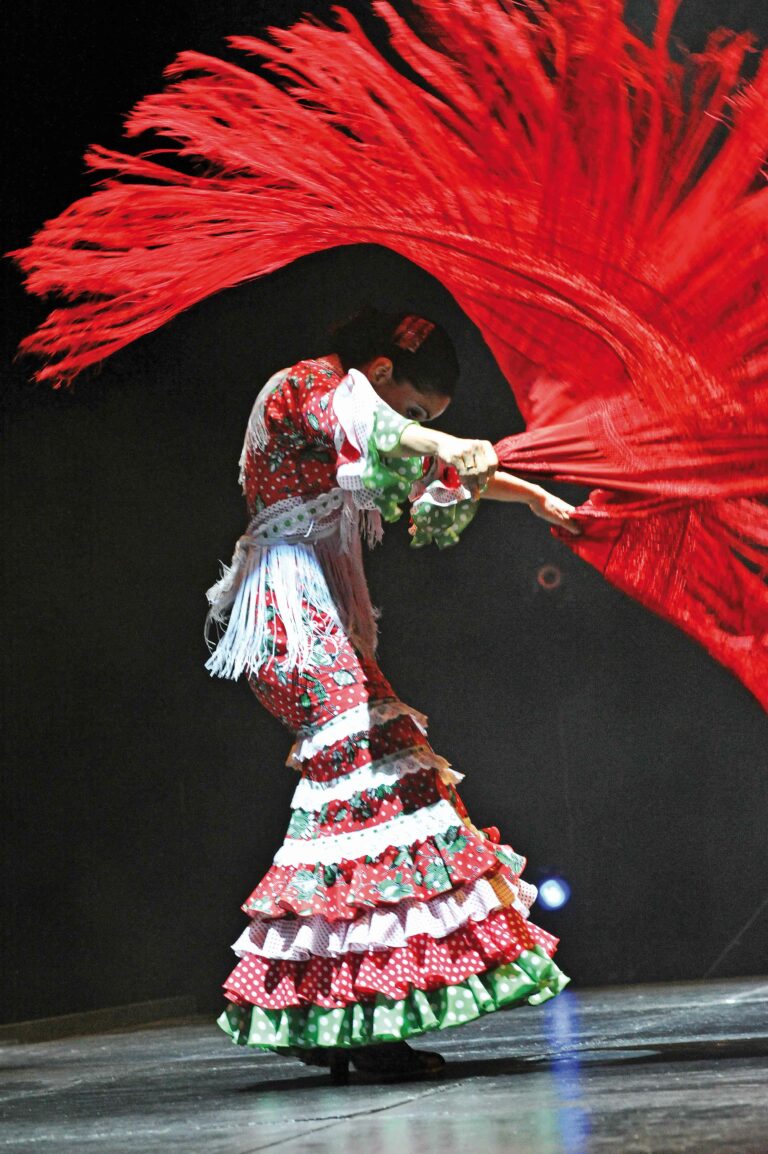
While the Torturmtheater sometimes operates as the smallest theatre in Germany, other cultural institutions boast more traditional superlatives. For example, the Georg Schäfer Museum houses the largest private collection of 19th-century paintings from the German-speaking world, including the largest collection of works by Carl Spitzweg. The Museum für Franken in turn owns the world’s largest collection of works by Riemenschneider with around 80 exhibits.
Contemporary art, for its part, can be seen in many places: in the museum at Würzburg’s Kulturspeicher, for example, which owns an important collection of concrete art, and at Kunsthalle Schweinfurt. The building also hosts a prestigious triennial of contemporary art.
Event organisers like to advertise with the slogan “something for everyone”. For Main Franconia, it seems almost inevitable. Classical music lovers, for example, are better off keeping the months of June and July free, when Würzburg’s Mozartfest and the Kissinger Sommer feature world stars on stage almost daily.
Disharmonie in Schweinfurt offers cabaret by all the known greats. The Stattbahnhof is also a popular venue for punk and hardcore bands here. Major concerts are held mainly at Posthalle Würzburg, the Congress Centrum or the tectake Arena. If you have a penchant for non-European and/or unconventional culture, you can visit Aftersummer in Schweinfurt and the Africa Festival or the Hafensommer in Würzburg.
Plus of course, private theatre, art and dance projects, literary days, open-air festivals, jazz festivals and much more. So many formats with “Format”.
Header picture: Every year in July, the exuberant historical spectacle attracts thousands of visitors to Bad Kissingen and celebrates the rediscovery of the Rakoczy spring in 1737. Actors impersonate the city’s historical guests, from Otto Prince of Bismarck and Theodor Fontane to Tsar Alexander II and many more. Photo: Mario Selzer

